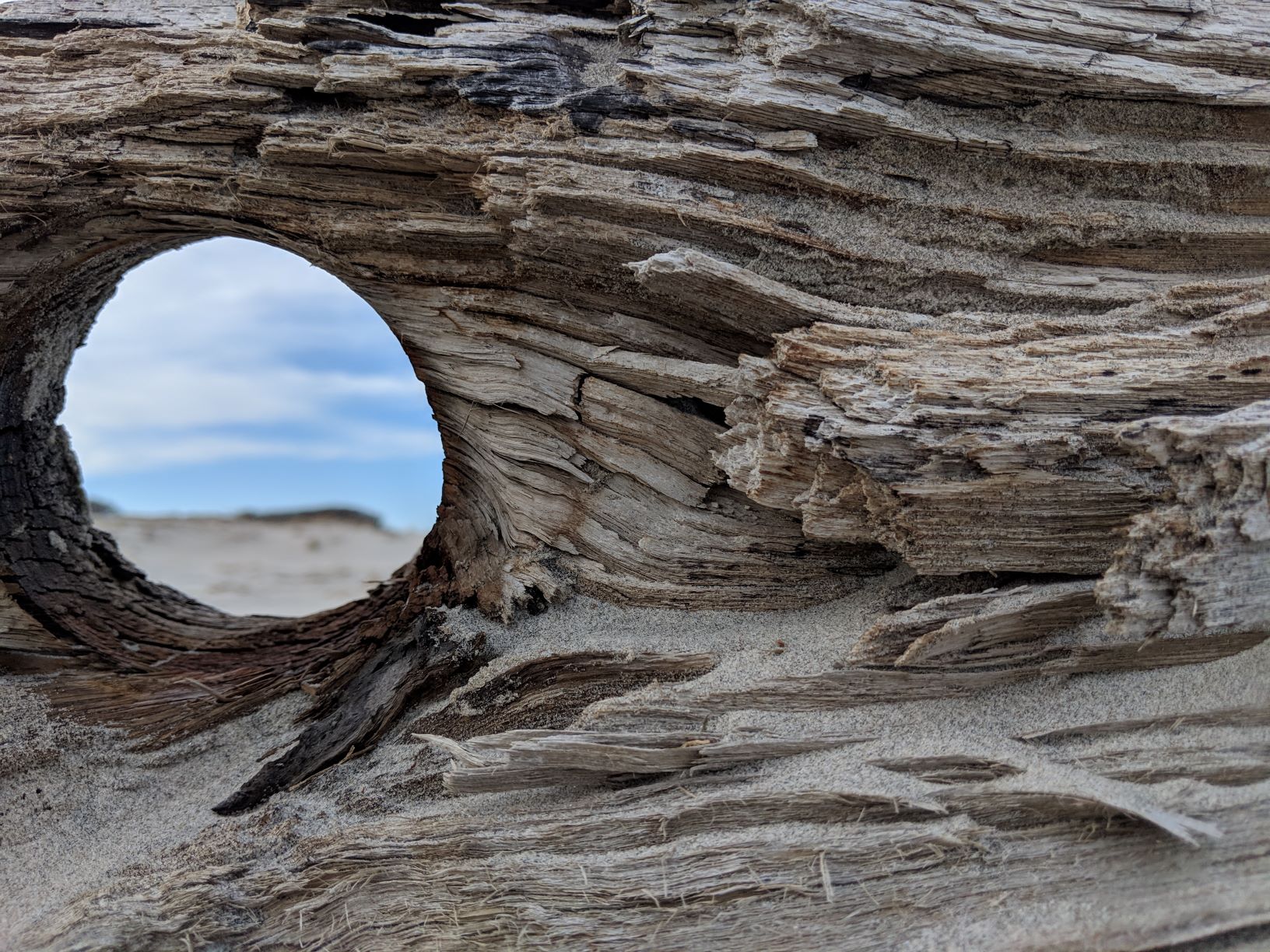It’s mid-November and the shadows are long–the sun slips over the horizon less than 10 hours a day now here in these parts.
It’s near dark when I walk home, crossing our town green, as I do several hundred times a year.

There’s mystery in the shadows. Our ancestors saw spirits, and so will you if you lurk outside during dusk. The animals are aware of you, and so, I suspect, are the trees.
As winter looms, I watch the light change under my feet. (I look down a bit more now that I am getting older–the roots of the sycamore are determined to get me.)
But here is where words fail–when you walk at dusk over the fallen leaves, when it’s not quite light enough to see colors yet not so dark you cannot sense the colors, the edges of each leaf appear to glow as long as you keep moving.
No doubt there is some neuro-evolutionary advantage to this, some physiological explanation, some modern means of dispelling any reference to magic.
But there it is.



